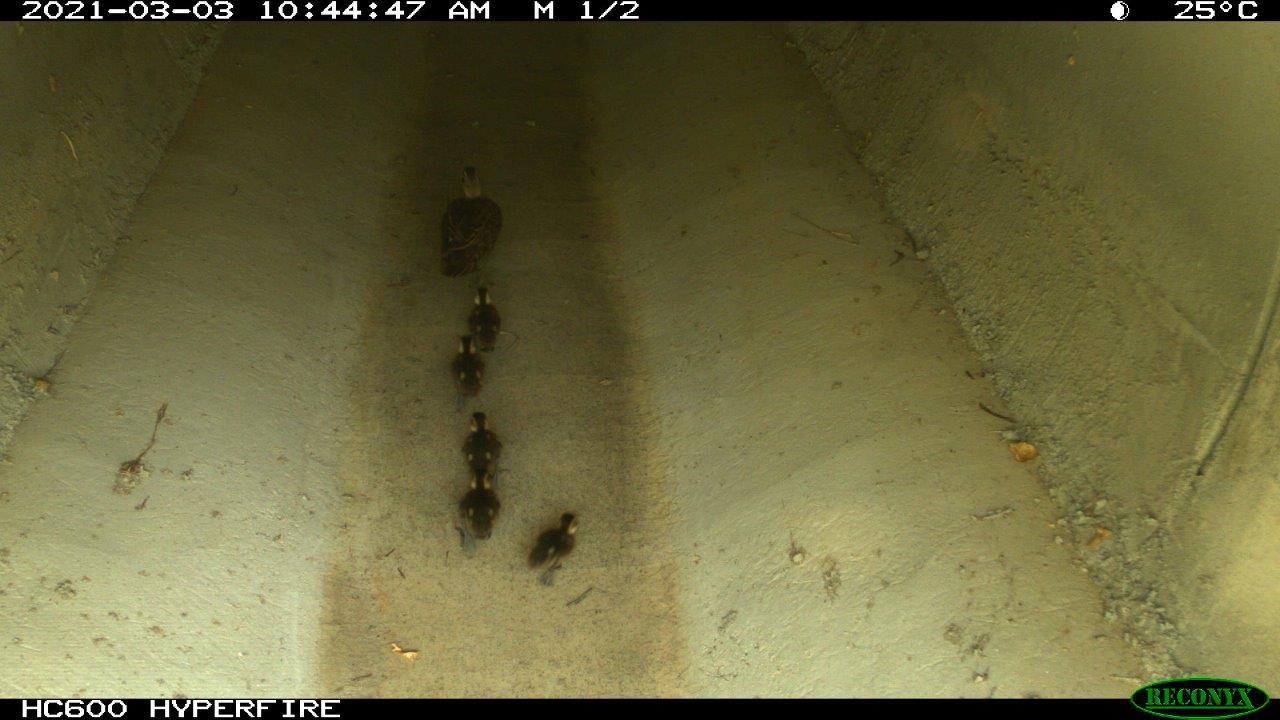Toowoomba Bypass becomes the home of USQ wildlife study
Ever wondered how Toowoomba’s wildlife navigate the bypass? In a real life game of Animal Crossing, researchers such as wildlife scientist Dr Ben Allen from USQ are studying the effectiveness of nature corridors.

News
Don't miss out on the headlines from News. Followed categories will be added to My News.
Why did the chicken cross the road?
It’s an age old question with many answers, but now researchers at the University of Southern Queensland are looking into the how.
Wildlife scientist Dr Ben Allen is studying the effectiveness of nature corridors on the Toowoomba Bypass, which enables animals to cross the road safely.
Using motion sensor cameras, Dr Allen has snapped a wide range of fauna using the man-made structures.

“Looking through the photos when we collect them always feels a bit like Christmas morning – you never know what you’re going to get,” Dr Allen said.
“We’ve seen koalas, possums, rats and goannas, and also a few of the feral animals, like deer, wild dogs, foxes and cats.
“Some of the more entertaining things we’ve caught on camera are people in Hawaiian shirts and a bush turkey and goanna facing off with each other (and the turkey won that battle).”
The project will investigate the different ways animals cross the highway, according to Dr Allen.
“One advantage of the Toowoomba Bypass is that they have installed specific fauna underpasses for the animals, but they also have other means of crossing the road,” he said.

“They can go through the drains or culverts and in this case there is also a viaduct which is like a big bridge that anything can pass beneath.
“So in our study, we are comparing how many animals use the culverts and drains in comparison to the fauna underpasses and the viaduct over each season.
“Human populations are growing and we’re building more roads through the bush, so we have to figure out the best way to travel safely and cause minimal disturbance to the local wildlife.”
The project is a collaboration between the University and the Department of Transport and Main Roads.

“It’s important to ensure the dedicated fauna infrastructure points actually work efficiently in moving wildlife across barriers,” TMR environmental officer Peter Sparshott said.
“We also want to learn what can be done to improve the design and placement to help increase the type and number of animals using the crossings.
“The information that is gained from this project will be used to improve resources, such as our internal document Fauna Sensitive Road Design Manual.”
The study is set to conclude later this year.






